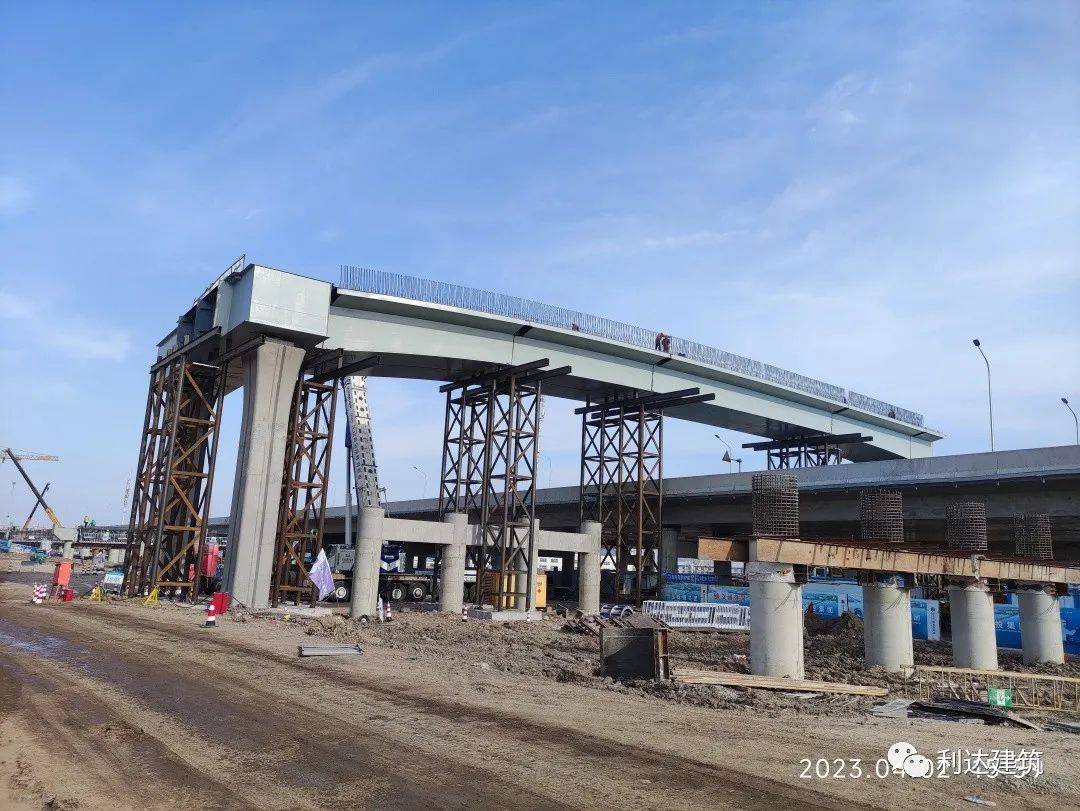Tel: 0086-532-88966982
0086-532-88965892
Website: www.lidajituan.com
E-mail: sales@lidajituan.com
Head office: 5th Floor, Building A, Dalen Center, 180 Haier Road, Qingdao, 266000, China
Future Trends in Light Steel Structures: Innovations Shaping 2025 Constructions
Classification:Company News
Release time:2025-04-28 12:00
Future Trends in Light Steel Structures: Innovations Shaping 2025 Constructions
The light steel structure industry is undergoing a seismic shift as sustainability, digitalization, and extreme climate demands reshape steel warehouse, workshop, and industrial buildings design. With pioneers like Lida Group driving innovation, 2025 will see breakthroughs that redefine speed, efficiency, and resilience in constructions. This article uncovers the 7 transformative trends every contractor and supplier must embrace to stay competitive.
1. AI-Driven Design & Robotic Fabrication
The Rise of Smart Factories
By 2025, 65% of light steel structure components will be designed and fabricated using AI tools, cutting production time by 40%.
Lida Group’s 2024 Pilot: Their Shanghai smart factory uses AI to optimize steel frame designs for wind/snow loads, reducing material use by 22% while maintaining structural integrity.
2. Carbon-Neutral Steel Production
Decarbonizing the Supply Chain
Major suppliers like Lida Group are adopting these technologies:
- Green Hydrogen Steelmaking: Replaces coking coal, cutting CO2 emissions by 95% (trials underway with SSAB).
- CCUS Integration: Carbon capture systems at mills to achieve net-zero by 2030.
Impact on Warehouse Construction:
- Embodied Carbon Reduction: From 280 kgCO2/m² (2023) to 150 kgCO2/m² (2025).
- Certifications: LEED Platinum and EPDs will become standard for steel structures.
3. Self-Healing Coatings & Smart Corrosion Control
Extreme weather demands advanced protection for steel warehouses:
- Microcapsule Technology: Releases inhibitors when scratches occur (tested by Lida Group in UAE deserts).
- IoT Sensors: Embedded in steel frames to monitor corrosion risk in real-time.
Performance Comparison:
4. Modular Hybrid Systems for Multi-Use Buildings
2025’s light steel structures will blend with other materials for adaptive workshops:
Hybrid Configurations:
- Timber-Steel Composites: Carbon-absorbing wood beams + steel joints (Lida Group’s EU pilot).
- 3D-Printed Nodes: Custom connectors for rapid assembly/disassembly.
Case Study: A hybrid steel warehouse in Rotterdam uses recycled steel frames + cross-laminated timber (CLT) walls, achieving 30% lower emissions than all-steel builds.

5. Energy-Generating Building Skins
Steel structures will evolve into power plants:
- PV-Integrated Panels: Thin-film solar cells on roofing/walls yield 35 kWh/m²/year.
- Thermoelectric Cladding: Converts waste heat from machinery into electricity.
Lida Group’s 2025 Goal: Net-positive energy buildings where surplus power offsets embodied carbon in 8-12 years.
6. Robotics & Drone-Based Construction
Automation will dominate constructions sites:
- Auto-Bolting Drones: Install purlins 3x faster than human crews (tested in Japan).
- Self-Guided Cranes: AI optimizes load paths using BIM data.
Efficiency Gains:
7. Circular Economy & Material Passports
EU’s CBAM and ESG mandates will push suppliers toward closed-loop systems:
- Digital Material Passports: Track steel components’ lifecycle via blockchain (Lida Group’s partnership with Circulor).
- Dynamic Pricing for Scrap: Real-time markets incentivize recycling.
2025 Recycling Targets:
- 98% of light steel structure components to be reusable/recyclable.
- 50% lower landfill costs for contractors.
Lida Group’s 2025 Innovation Roadmap
- Zero-Waste Factories: All production scraps recycled into new beams/panels.
- AI Co-Pilot for Engineers: Generative design tools for code-compliant steel warehouses.
- Climate-Adaptive Frames: Shape-shifting structures that adjust to thermal expansion.
Preparing Contractors for the 2025 Shift
To leverage these trends, contractors must:
- Upskill Teams: Train in robotics operation and BIM clash detection.
- Partner Early: Collaborate with suppliers like Lida Group during design phases.
- Adopt Metrics: Track embodied carbon and deconstruction readiness.
Challenges & Solutions
Conclusion: Building Smarter, Sooner
The light steel structure revolution is accelerating toward faster, greener, and smarter constructions. By embracing AI, circular practices, and smart materials, industry leaders like Lida Group are turning steel warehouses and workshops into climate-resilient, energy-positive assets. For contractors and developers, the message is clear: adapt now or risk obsolescence in 2025’s transformative landscape.
contractors,construction,steel warehouse,modular house
Contact Us
Head Office: 5th Floor,Building A,Darron Center,No.180,Haier Road,Qingdao, 266000,China
Tel: 0086-532-88966982 88965892 Fax:0086-532-88965571
WhatsApp:+86 13793209022
Mobile/Wechat:+86-15166671720
Email: sales@lidajituan.com Website: www.lidajituan.com
Alternate Website: www.lidamodularhouse.com
Head Office: 5th Floor,Building A,Darron Center,No.180,Haier
Road,Qingdao, 266000,China
Tel: 0086-532-88966982 88965892
Fax:0086-532-88965571
Email: sales@lidajituan.com
Website: www.lidajituan.com
Alternate Websit: www.prefabhousecn.com
Wechat/WhatsApp:+86-13793209022
Copyright(c)2023 All Rights Reserved SEO Business license

